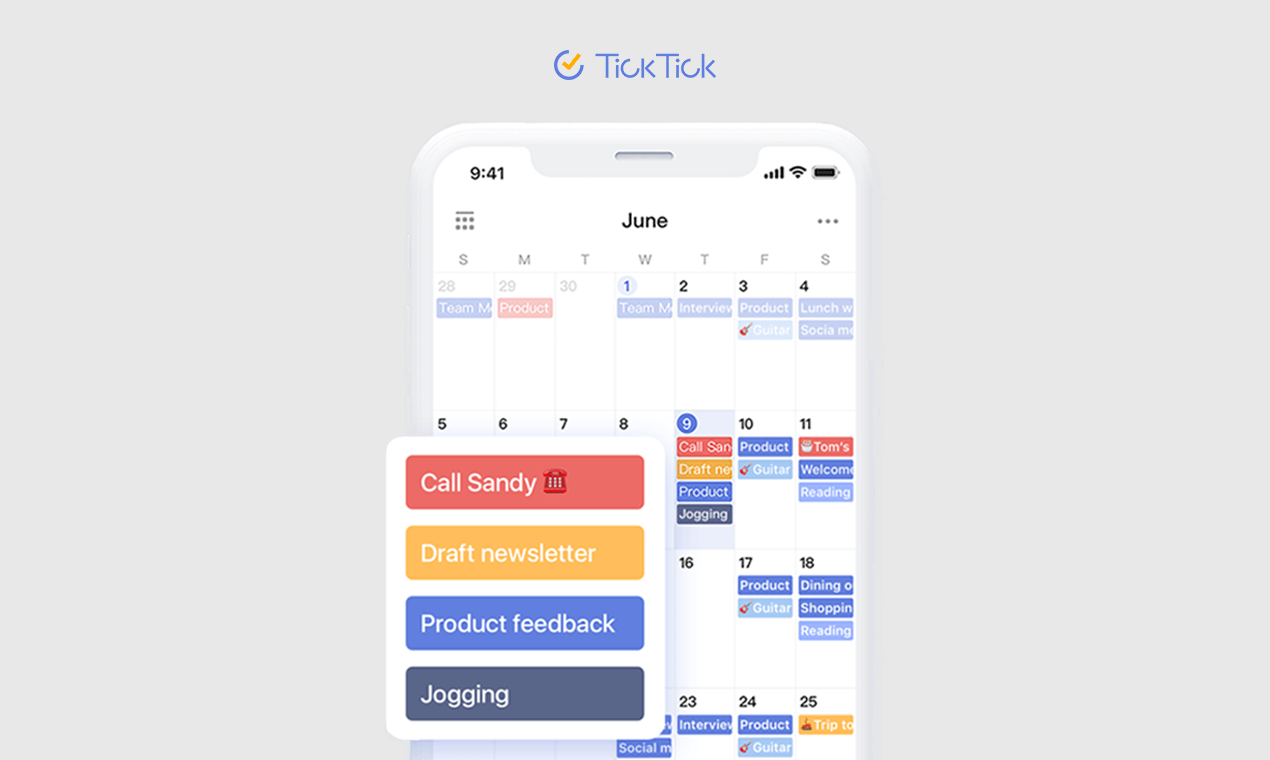

For one thing, Kanban’s highly visual nature makes your project look neat and well-organized. It can be used for almost all project management. You can always use it as you like and organize tasks into columns in a way that makes sense to you. Kanban view offers a simple, open-ended way of structuring, checking, and rearranging your tasks. A preview of task descriptions and subtasks are also shown under the task name. For example, there’s a mini pie chart that shows how many percentages you’ve achieved of a certain task. Kanban is not only desirable when tracking the progress of a whole project, you can also see the progress of each task with some little visual hints.

If you’d like to quickly locate and switch to a specific column, especially when there are too many, then you could tap the name of a random column, and there will be a new window that displays all the columns in the grid. To view the columns you’ve created, you can simply swipe left and right. If you’d like to change the order of how these columns are placed, then you may go to the “manage columns” and change the order by drag n’ drop. Here you can choose to edit, add new ones and manage.įor instance, if you want to add a new column in the middle of two existing columns, you can choose either “add a new column to the left” or “add a new column to the right”. To manage the columns, tap the “…” button at the top right corner of one of the existing columns. You can rename the existing columns and also add new ones if needed. Choose Kanban and you’re all set to go.Īfter switching to Kanban View, your list will then become a Kanban board with two columns: To Do and Progress. You will see two options in the pop-up window: List View and Kanban View. To enable Kanban View, first, you need to go to a list that you created in TickTick (Default smart lists such as “Today” are not applicable), tap the “…” at the top right corner of the list, and select “Switch View”.

They’ve found a visual card showing what needs to be done and when has helped a lot with the process of production. It was first used by line-workers in Toyota’s factory. In simple terms, Kanban is a project management method to help you visualize your workflow. Some of you may have never heard of Kanban or not be very familiar with what it is, but I suppose you’ve all ever seen a whiteboard with many sticky notes placed under different sections.


 0 kommentar(er)
0 kommentar(er)
